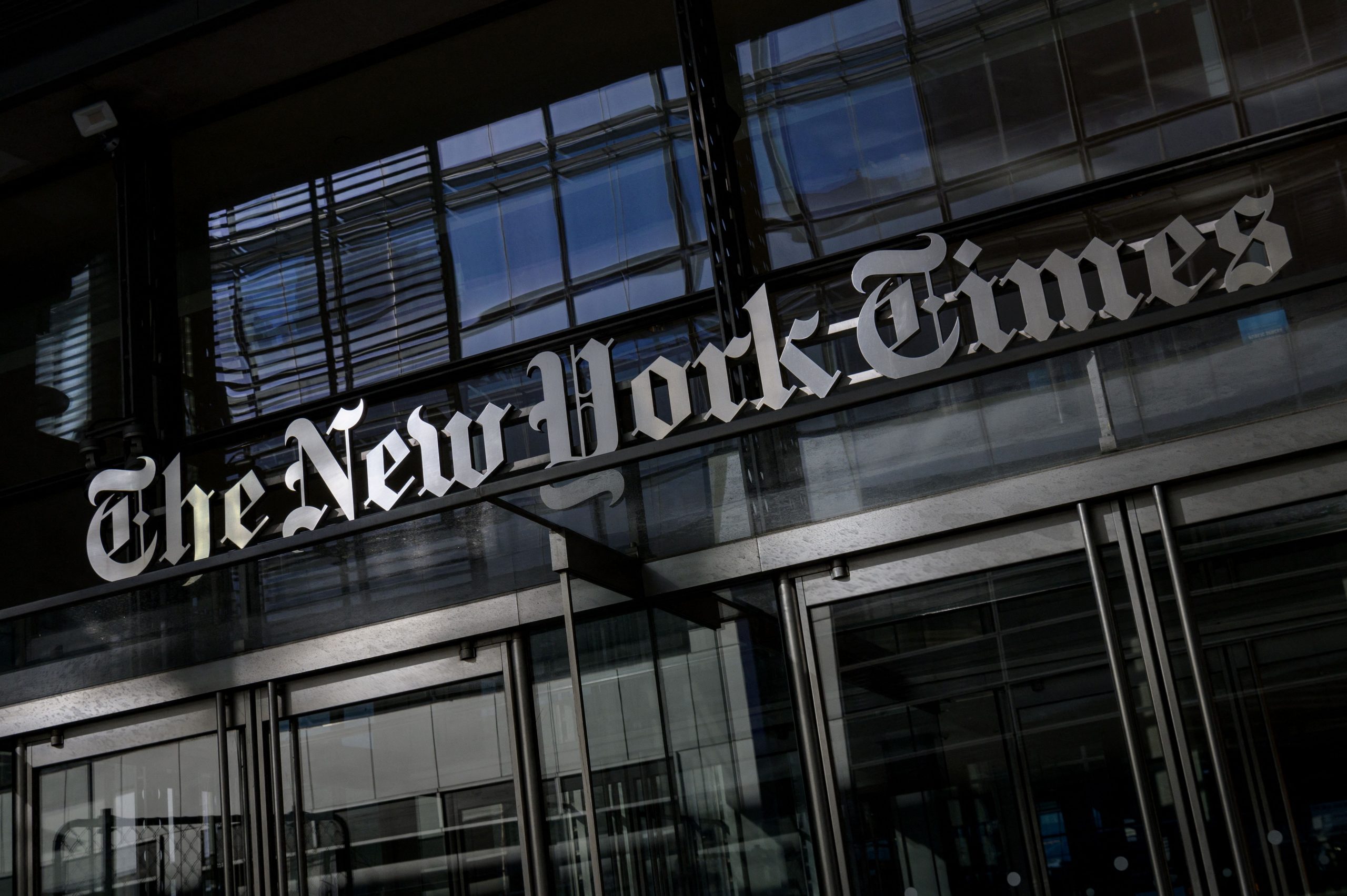In the wake of the Supreme Court’s decision to overturn the landmark abortion decision, Roe v. Wade, some are warning that there could be a deluge of misinformation about abortion and the ruling.
Bloomberg News published a newsletter highlighting potential areas of misinformation that could be spread by conservatives on social media, but conspicuously left out any examples of misinformation by supporters in favor of the pro-choice position.
And on Monday, The New York Times openly published a lie about the Supreme Court’s decision in the Dobbs v. Jackson Women’s Health case that overturned Roe and Planned Parenthood v. Casey.
In an article titled, “Mitch McConnell’s Court Delivers,” the Times’ chief Washington correspondent writes that Senate Minority Leader Mitch McConnell (R-Ky.) “is indisputably a chief architect — if not the chief architect — of the conservative court that has shaken the nation over the past week with a string of rulings on abortion, guns and religion — a trifecta of searing cultural issues.”
While much of the public has recoiled at the string of recent Supreme Court rulings on abortion, guns and religion, Senator Mitch McConnell sees the fruits of his efforts to install an aggressive conservative majority on the court, Carl Hulse writes. https://t.co/sPTNugLzff
— The New York Times (@nytimes) June 28, 2022
“Even if legislation that Republicans do not like somehow manages to escape Congress, they can now look confidently to the court to take care of it,” he argued.
And here’s where the original article, which was archived by the Wayback Machine, took a detour into a lie, “Senate Republicans did not have to take the politically risky step of banning abortions; the court did it for them.”
“If all of that seems like a perverse outcome in a democracy — a court that forces policies supported by the minority on the majority of the country — Mr. McConnell says that is as it should be,” it added.
There’s just one problem: The Supreme Court’s ruling in the Dobbs decision did not ban abortions. It left the decision up to the states.
As the court’s opinion in Dobbs states, “Abortion presents a profound moral question. The Constitution does not prohibit the citizens of each State from regulating or prohibiting abortion.”
“Roe and Casey arrogated that authority. We now overrule those decisions and return that authority to the people and their elected representatives,” it added.
Several states have laws banning abortion outright or severely restricting abortion. Meanwhile, states like California and New York will likely, if anything, see more protections for abortion. But this is not an opinion article, and there is no nuance to explain that there is not a national abortion ban or that the decision is left up to the states.
Instead, the subsequent paragraph seems to reiterate the claim that the court banned abortions.
Apparently realizing that the sentence was wrong, the Times updated the sentence so that it now reads, “Senate Republicans did not have to take the politically risky step of banning abortions; the court took care of the issue for them.”
However, that still leaves out the fact that regulating abortion is left up to the states. That pretty much just says the same thing in different words and could leave a reader with the impression that the court banned abortions.
It is clear that the point of the article was not to focus solely on the abortion decision, and was instead about the way McConnell impacted the court by holding Senate Republicans together to get three justices confirmed under former President Donald Trump.
But that’s not an excuse for falsely and unequivocally claiming — or even implying — that the Supreme Court itself banned abortions when the decision clearly states that is not the case. Instead, it is actually more democratic in that it gives voters more power by giving them the ability to directly vote for lawmakers who can advance their desired policy on abortion.
It’s not as though the final decision was couched in legalese that requires lawyers to laboriously pour over it and figure out what it does.

























 Continue with Google
Continue with Google